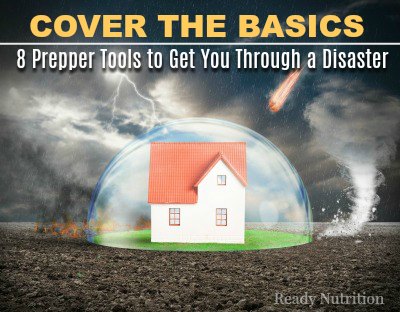
As many of you know, when you first begin prepping, you start small by preparing your family for short-lived events. As you continue on, you acquire more skills and preps that will undoubtedly see you through longer-term disasters. In the eight years that I have been prepping, these are the eight preparedness products that I would recommend to any beginner prepper. With the exception of the food dehydrator, many of these items are off-grid compatible and will meet your most basic needs.
Assuming you are planning to shelter in place, these suggested products will encompass your very basic needs and provide you with the beginnings of a solid collection of prepping tools. Not included in this list are other essentials like storable bulk pantry foods, emergency communication, necessary bug out tools, emergency medical needs and home security. For a full list of preparedness items, I encourage you to purchase The Prepper’s Blueprint. It is one of the most comprehensive and easy-to-follow preparedness manuals out there.
8 Prepper Tools to Get You Through a Disaster
1. Water Purification System
First and foremost, you need a dependable water source following a disaster. During the aftermath of Hurricane Ike, I remember being so thirsty, but we didn’t trust the water sources and had to be very careful with rationing the bottled water we had. Years later, we purchased a Berkey water filter to use for any future off-grid emergencies. The Berkey filtration system is top of the line and the filters that Berkey uses exceed EPA NSF/ANSI standards for filtration and are rated as water purifiers. As well, another reason we invested in a Berkey Water Filtration system is that it removes bacteria and parasites, heavy metals like lead and mercury, VOCs (endocrine disruptors) and toxic chemicals like benzene, chlorine, and chromium-6 to levels higher than 99.99%. As well, the fluoride/arsenic filters remove 95% of fluoride and arsenic. You can make your own filtration system or you can purchase an always ready, dependable purification system.
2. Excalibur Food Dehydrator
This food dehydrator is probably one of the most used of all of my preparedness tools. This tool is a great way to quickly amp up your food storage pantry with dried goods and prepare for the likelihood of living in an off-grid environment. When you dehydrate food and meals, all you have to do is add water and viola; you have an instant meal. I originally purchased a Nesco dehydrator when I first started prepping and quickly invested in an Excalibur food dehydrator. Mark my words, this product is built to last and is a great investment for your preparedness efforts.
3. Hibachi Cast Iron Stove
Admittedly, I first read about the cast iron stoves when I was reading Little House on the Prairie to my kids. Of course, some changes have been made since that time. These grills could be a great way to cook your food without using precious propane or other fuels. Charcoal briquettes are typically used in heating these grills, but you could use hot coals from a fire or biomass briquettes. These small grills run for about $100 and if need be could be placed in a fireplace to cook indoors. Just make sure to use an indoor friendly fuel source (not briquettes) and open the flue to let the smoke out.
4. Hand Crank Wheat Grinder
You’ll be the talk of the neighborhood when you’re the one baking fresh bread when the lights go out. But grinding wheat isn’t the only use a wheat grinder has. You can grind legumes, nuts and other bulky grains and dry goods into fine flours, grind up spices and even grind up your favorite coffee beans. Read more wheat grinder uses here. Investing in a hand crank wheat grinder, like the Wondermill Jr. is a sound prepping investment and will ensure that you have the capability of using this tool in an off-grid event. (And, don’t worry. I’ve used hand-crank grinders before and they aren’t as hard as they look.)
5. Wonderbag
Essentially, this is a non-electric slow cooker. This cooking source utilizes heat retention cooking methods which are a very fuel-efficient method and allows you to cook inside your home. It’s been known to save between 20-80% of the energy normally needed to cook food. It does so because after the food has been heated to the cooking temperature, it is placed in an insulated box where it will continue to cook until it is done. Essentially it’s like a crockpot, but it’s double insulated.
6. Sprouter
When an extended or longer-term emergency occurs, you will need to find a fast way to produce vitamins in order to maintain proper functioning in your body and avoid malnutrition. Pound for pound, sprouts are the way to achieve this. Sprouts provide the highest amount of vitamins, minerals, proteins, and enzymes of any of the food per unit of calorie. Enzymes are essential because they heal the body, cleanse the body, prevent diseases, enhance the general functioning of bodily organs, aid in digestion, and remove gas from the stomach. Don’t forget a good non-GMO seed combination.
7. Non-GMO Heirloom Quality Seeds
In a true SHTF-event, you will run out of your food stores and will need a backup. Seeds are your salvation. Not only can you grow them for future food sources, but you can also use the above-listed sprouter and sprout most of them (never sprout nightshade family seeds like tomato and eggplant) for further nutrients. Make sure the seeds you choose are suitable to grow in your area. Learn how to properly store seeds to keep them fresh.
8. Portable Toilet
Well, the you-know-what has hit the fan! It is a documented fact that more people die after a disaster due to poor sanitation than from the disaster itself. This is due to individuals not knowing where or how to properly expel waste. Fly infestations also pose a problem, and if the waste is left out in the open, then it will only lead to the susceptibility of epidemics such as cholera, typhoid or diphtheria. Having a means dispersing of human waste will ensure that in times of disaster, your family and neighbors will stay healthy. Further, create a sanitation kit with the items listed here.
To conclude, when you get to the point of wanting to take a more self-reliant approach in your prepping endeavors, you see the need to invest in tools that can help you meet your basic needs. I will admit that preparedness is an investment, but a necessary one. You do not want to be in a situation where you cannot meet your family’s basic needs. These fundamental preparedness products will help you thrive in a time of chaos and may see you through darker days.
This article was originally published at Ready Nutrition™ on April 24th, 2015


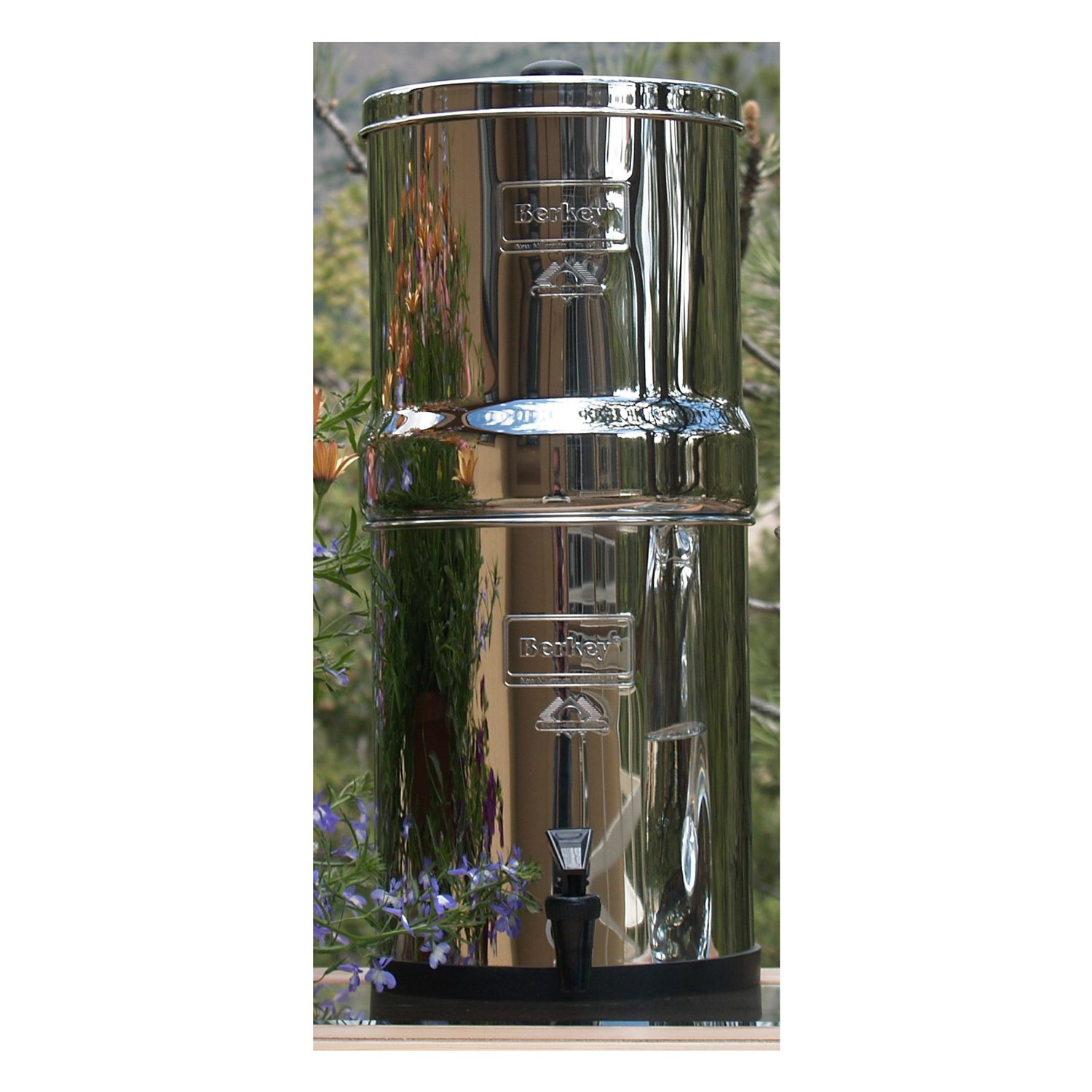
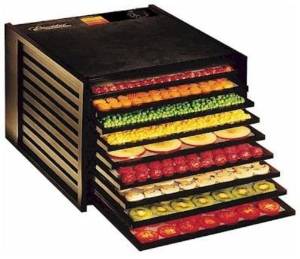
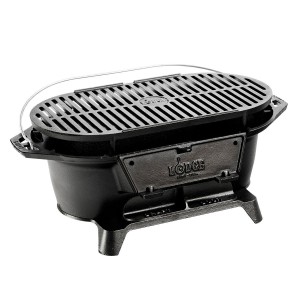
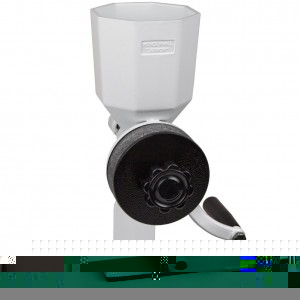
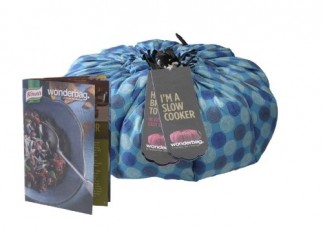
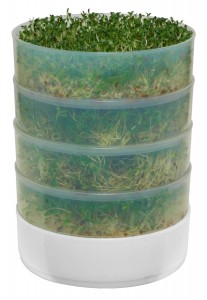
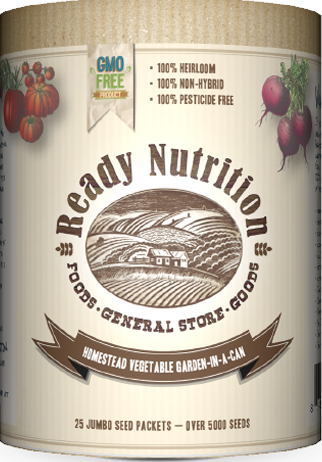
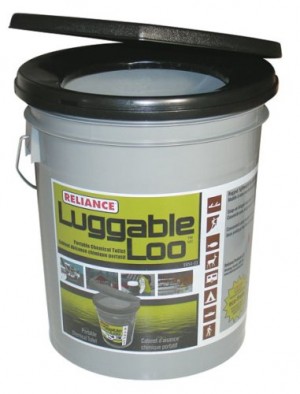





The toilet situation is one thing most folks dont really put enough thought into. It is also real critical because human waste can inadvertantly cause serious problems if not dealt with properly.
I was thinking about people that live where the dumpsters are. They usually empty them at least once a week and sometimes twice. However, in a break down of society situation or a SHTF situation what will happen when the garbage man doesn’t come?, (they can’t run the trucks anymore) and that trash isn’t emptied for days and weeks and on and on????? That is when people are going to have to tolerate not only the smell, but the flys, the bugs, the snakes eventually, and even possibly wild animals will be coming out of the woods to find the garbage and eat it for their food as they won’t have much to eat out there either.
I would bet that most people don’t even think about any of this, but they will when it happens and it’ll be too late then.
It’s a known fact that we can survive for maybe 7-10 days without food, however we MUST have pure water. Drinking unpure water is cause for immediate illness, diarrhea and other intestinal issues. And yes portable toilets will be a must, plus don’t forget your toilet tissue or your baby wipes and the sanitation liquid to washing your hands etc. All the things we can get today, should be gotten b/c a day will come when they will no longer be available…ah! food for thought. Now after thought, comes ACTION!
People who use propane or gas must realize that when there is no electricity there is also no propane or gas as they both require electricity to turn on the pumps. When they run out of the propane and the gas for cooking and heating then that’s it, and then what? Many things need to be thought out.
What about prescription medicine, oxygen etc. for people with medical needs?
in a SHTF situation the stores will not have anything, the pharmacy won’t either. We won’t be able to drive thru and get our prescriptions at that time. What’s going to happen with thousands of people don’t have their required medication?
What about people who drink beer, wine, liquor?, there won’t be anymore. What about the thousands that smoke cigarettes or whatever they smoke and it’s all gone?, there isn’t going to be anymore.
It’s certainly going to be a very mixed up crazy place when all these people don’t have what they need or are used to…
And what about our mental state without all of this technology? How are people going to survive without their phones, I-pad’s, I-Pods, Computers/laptops?
Serious times ahead require serious consideration and serious planning and unless we do this now, it will slap us in the face and uh-oh we’re in trouble…
Definitely, just google trash pickup shutdown pictures,
Now think weeks or months rather than days. Yikes, RATS, the rats will be a huge problem, they carry disease.
On propane,
Propane delivery will stop but if you have a big old propane tank in your yard your still good till it goes empty, im upgrading to a 1k gallon tank, we dont need heat but for cooking, hot water, etc,,, cant be beat,
Yes, rats, great big ones…I meant to add rats but it slipped my mind.
Where do you live that you don’t need heat? I’m in N.C. and we need heat here from about Nov. to the end of March or even the end of April. This April we have needed heat and it’s rained a lot which has cooled it down and made it colder than normal.
Rats are good. Get a hi-power sling shot. Wait until one is close. There’s dinner on the wood cast iron hibachi tonight. Well done please.
ashes from a fire place can also help keep the santitation within reason when applied on top of the “dump”ster.
Was trying to decide what system to get. Anyone have input?
https://www.bigberkeywaterfilters.com/blog/berkey/help-me-choose-a-berkey-filter-system/